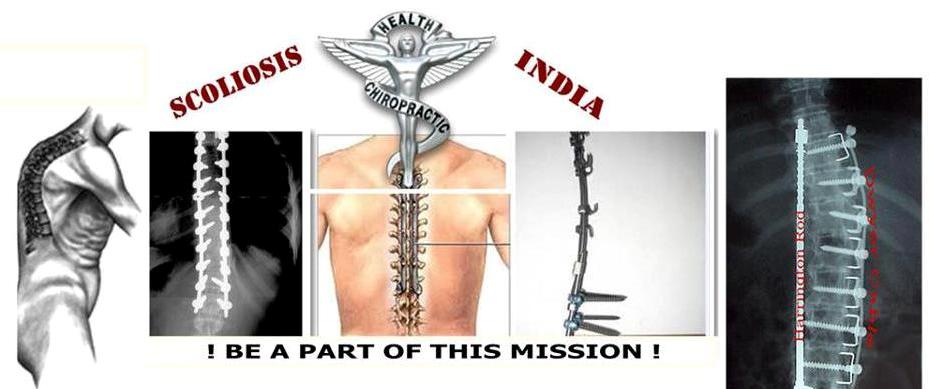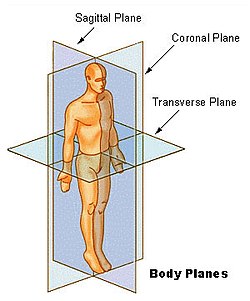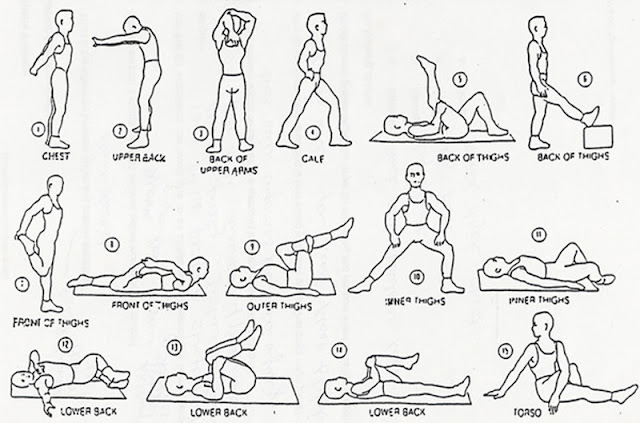For children with scoliosis – an abnormal twisting of the spine -- the diagnosis can mean repeated invasive surgeries to lengthen growing rods that need to grow with them.
A new magnetic rod option means that, instead of facing surgery every six months for years to lengthen the growing rod, children can have it done non-invasively in the doctor's office via an external remote control that expands the rod to straighten the spine.
"Spine surgery is at best unpleasant and there are the risks associated with putting the child to sleep so anything we can do to minimize the number of times we need to do that is progress," said Dr. Gordon Armstrong, director of the division of pediatric orthopedic surgery at Penn State Milton S. Hershey Medical Center.
Scoliosis varies in age of onset and severity, but it can lead to serious breathing problems. Left untreated, children face a shorter lifespan due to the spine curvature that inhibits breathing.
The magnetic growing rod, which goes by the brand name
Magec (MAGnetic Expansion Control), was FDA approved in February 2014. The only place in the midstate to offer it beginning a year ago, Hershey has so far used it in 11 children, Armstrong said.
More natural option
The overwhelming benefit is, of course, fewer surgeries for children, but it also allows the doctor to increase the length of the rod sooner – at three months vs. six months – which may be more akin to the natural way the spine would grow, Armstrong said.
The ideal candidate for the growing rod is a child between the ages of 5 and 10'
"
The rod placement can control the deformity, maintain the chest wall and prevent the development of pulmonary problems," he said.
The ideal candidate for the growing rod is a child between the ages of 5 and 10 with a curve of 50 degrees and beyond.
During surgery, doctors move skin and muscle away from the spine and place anchors – hooks or screws – on the spine below the neck and at the lower back to which the expandable rod is attached. They may put a rod on either side of the spine. The rods contain a magnetic motor that is about the diameter of a pen.
At subsequent visits in the clinic, doctors place an external remote controller at the location of the magnet in the rod, which allows the rod to extend.
Life-threatening condition
In determining the severity of scoliosis, doctors measure the spine's curvature by looking at the tilt of the vertebrae along the spine. Normally, there should be less than 10 degrees of angulation along the spine. Curves less than 25 degrees may not progress and probably won't cause problems, so likely will not be treated but will be monitored, Armstrong said.
"Children with early onset scoliosis have a high risk of progression of the curve and they are at risk for compromised pulmonary development," Armstrong said. "From birth to age 8 is a critical period for lung development, which is by expansion of the chest as lung cells increase. Anything that affects lung function before that is permanent."
The most common form of scoliosis – idiopathic scoliosis – occurs in about 2 percent of the population and has no known cause or coexisting conditions. Early onset scoliosis refers to a deformity that develops before age 5; infantile idiopathic scoliosis develops between birth and age 3.
How a child is treated depends on their age and the severity of the curve. Traditional treatments include casting, spinal bracing, and spinal fusion, Armstrong said.
Because of their small size and fragile bones, children ages 1 to 4 do not do well with rod placement and may instead be placed in body casts that are changed every few months.
"This sounds old fashioned and it is, but it actually works to cure the problem in some cases and to buy time in others," Armstrong said.
In children with idiopathic scoliosis – meaning the child is not suffering from any other disorder or medical condition – a brace will usually be tried to control the curve. This is a wrap-around plastic corset that starts below the arms and extends to the hips and is worn under clothes over a light shirt. It's typically worn 16 or more hours daily to age 14 or 16, Armstrong said.
"A large amount of children don't respond well to bracing and we would not consider fusion until the child is older because it stops the spine from growing," Armstrong said.
The magnetic rod is ideal for most patients in the target age range, however because the area of the rod where the magnetic motor is located cannot be manipulated around a curve, it may not work with some curvatures, he said.
Fusion necessary later
Although the magnetic rod helps children avoid multiple rod-lengthening surgeries, the vast majority will ultimately need fusion when their bones are mature enough to handle it, Armstrong said.
"The magnetic rod is not a magic bullet; it's a tool to manage a challenging condition. We are treating a biological problem with a mechanical solution," he said. "We are always hoping that someday there will be a biological way of managing this condition, such as – if it would turn out to be caused by a neurological condition – modifying the cellular growth of the spine in some way."





